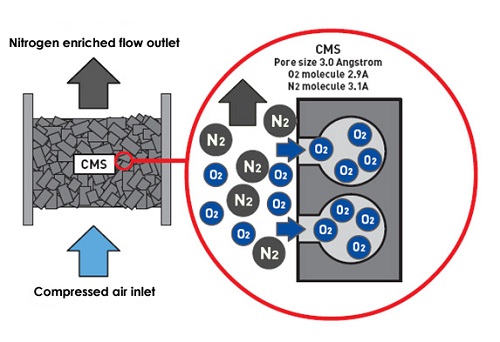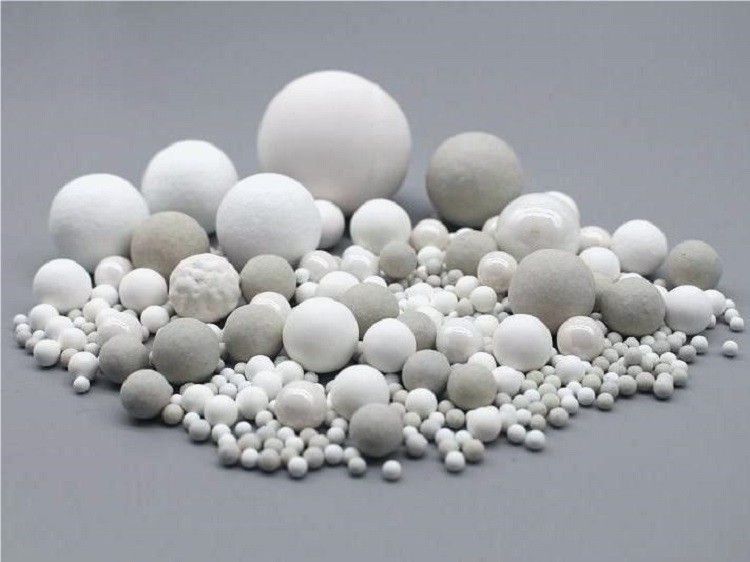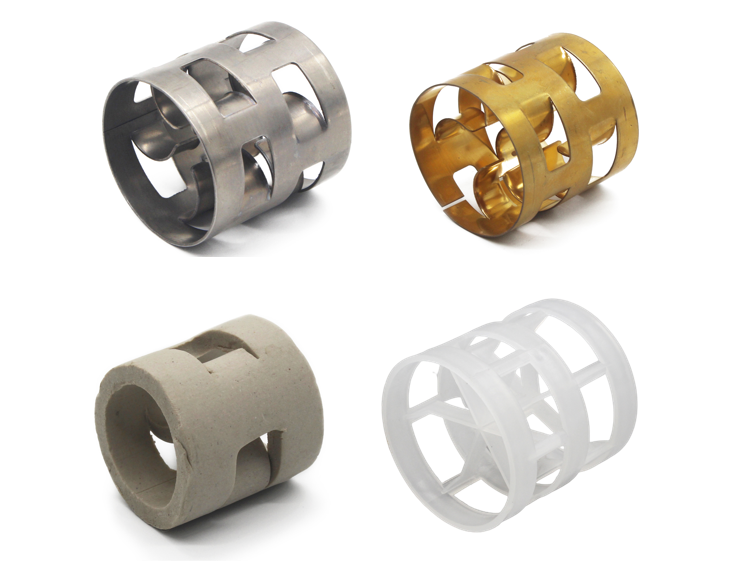13X Molecular Sieve Applications is used primarily for refinements of liquid and gases, such as Gas Purification, Oxygen Production, Petrochemical Industry.
Table of Contents
Toggle13X Molecular Sieve Introduction
The pore size of 13X molecular sieve is 10A (1nm), and it can adsorb any molecule less than 10A. It has many applications at the industrial level. It can be used to remove odor, co-adsorption of water and carbon dioxide, co-adsorption of water and hydrogen sulfide gas, etc. This article will focus on 13X molecular sieve. Some industrial applications in modern manufacturing processes.
13X Molecular Sieve Application
- Desulfurization
- Petroleum and Gas Processing
- LPG Purifying and Deodorizing
- Air Separation and Purification
- Simultaneous Removal of H2O and CO2
- Deep Drying of General Gas




Natural Gas Dehydration
The removal of water from natural gas is called dehydration, and it is a very complex process that involves retaining complex elements and compounds and acting as a barrier to moisture, leaving the natural gas in the end, which can then be broken down into other compounds.
13X Molecular Sieve is designed for this purpose, it maximizes carbon dioxide absorption. This is necessary if the gas is to be used in other applications. For example, when separating oxygen from other gases, it is important to remove impurity gases from the gas stream, since oxygen is used in the medical field – extremely high concentrations are required.
Landfill Gas Purification
Landfill gas is produced by the decomposition of organic matter and consists of methane, carbon dioxide, hydrogen sulfide and nitrogen.
Controlled collection and purification of these problematic gases is an integral step in the modernization and rehabilitation of landfills.
The 13x molecular sieve sorbent can be used to remove toxic gases in landfills, preventing them from being released into the air, saving millions of dollars.
Waste to Biogas Conversion
The use of livestock waste to produce energy has been around for many years, and the process has become more sophisticated over the past 50 years, all thanks to advances in technology. Among them, the 13x molecular sieve to convert livestock manure into biogas for household use has been successfully applied in most countries in the world. However, the natural process of producing methane gas for domestic use also produces hydrogen sulfide, which can be toxic, this is where the use of 13x molecular sieves comes in handy as it effectively adsorbs these gases, using 13x molecular sieves is a great way to remove sulfide One of the most efficient methods of hydrogen.
Mercaptan Removal
In the industrial circles, there is a process called mercaptan oxidation, which is a very important and economical process for the treatment of liquefied gas, commonly known as LPG. This process helps remove unwanted compounds called mercaptans, which mainly include things like sulfur and hydrogen sulfide. This is a complex process that relies heavily on the combination of special catalysts with 13x molecular sieves. The process is not limited to LPG, but is also used for the purification of light naphtha, butane, propane, jet fuel and kerosene.
Siloxane Removal
Siloxane removal is the process of tracing some waste from biogas and removing it for use in other processes rather than being thrown away.
Instead of adding greenhouse gases or filling landfills with more toxic substances, 13x molecular sieves use 13x molecular sieves to separate biogas from impurities, which can then be used for other uses with less environmental impact.
Conclusion
13X Molecular Sieve Applications are endless and can be used in various industrial processes. What is certain is that it is very necessary for industrial manufacturing.






